
Deutsch-Chinesische Enzyklopädie, 德汉百科

Columbus ist die Hauptstadt des US-Bundesstaates Ohio und mit ca. 860.000 Einwohnern (Schätzung 2016, U.S. Census Bureau) dessen größte Stadt. Die 1812 am Zusammenfluss von Scioto und Olentangy gegründete Stadt liegt im geographischen Zentrum des Staates und ist zugleich der County Seat von Franklin County.
Der Hauptcampus der Ohio State University befindet sich in Columbus. Er zählt zu den größten zusammenhängenden Hochschulzentren der Vereinigten Staaten. Die Staatsregierung und die Universität dominieren die Stadt. Columbus ist die Heimat vieler Sportteams.
コロンバス(英: Columbus)は、アメリカ合衆国のオハイオ州中央部に位置する都市。同州の州都として、政治と行政の中心地であるとともに、一帯の商工業の中心地でもある。また、オハイオ州立大学を抱える学術都市でもある。人口は787,033人(2010年国勢調査)[2]で同州最大、全米でも第15位である。コロンバスに郡庁を置くフランクリン郡を中心に、10の郡にまたがる都市圏の人口は1,901,974人。これにマリオンやゼインズビル、チリコシー等、周辺の7つの小都市圏を加えた広域都市圏の人口は2,308,509人(いずれも2010年国勢調査)[2]におよぶ。
Columbus (/kəˈlʌmbəs/ kə-LUM-bəs) is the state capital of and the most populous city in the U.S. state of Ohio. With a population of 879,170 as of 2017 estimates,[17] it is the 14th-most populous city in the United States[18][19][20][21] and one of the fastest growing large cities in the nation.[22] This makes Columbus the third-most populous state capital in the US (after Phoenix, Arizona and Austin, Texas) and the second-most populous city in the Midwest (after Chicago, Illinois).[23][24] It is the core city of the Columbus, OH Metropolitan Statistical Area, which encompasses ten counties.[25] With a population of 2,078,725, it is Ohio's second-largest metropolitan area.
Columbus is the county seat of Franklin County.[26] The municipality has also annexed portions of adjoining Delaware, Pickaway and Fairfield counties. Named for explorer[27][28] Christopher Columbus, the city was founded in 1812 at the confluence of the Scioto and Olentangy rivers, and assumed the functions of state capital in 1816.
The city has a diverse economy based on education, government, insurance, banking, defense, aviation, food, clothes, logistics, steel, energy, medical research, health care, hospitality, retail, and technology. Columbus is home to the Battelle Memorial Institute, the world's largest private research and development foundation; Chemical Abstracts Service, the world's largest clearinghouse of chemical information; NetJets, the world's largest fractional ownership jet aircraft fleet; and The Ohio State University, one of the largest universities in the United States. As of 2013, the city has the headquarters of five corporations in the U.S. Fortune 500: Nationwide Mutual Insurance Company, American Electric Power, L Brands, Big Lots, and Cardinal Health.[29] The food service corporations Wendy's, Donatos Pizza, Bob Evans, Max & Erma's, and White Castle and the nationally known companies Red Roof Inn, Rogue Fitness, and Safelite are also based in the metropolitan area.
In 2016, Money Magazine ranked Columbus as one of "The 6 Best Big Cities", calling it the best in the Midwest, citing a highly educated workforce and excellent wage growth.[30] In 2012, Columbus was ranked in BusinessWeek's 50 best cities in the United States.[31] In 2013, Forbes gave Columbus an "A" grade as one of the top cities for business in the U.S.,[32] and later that year included the city on its list of Best Places for Business and Careers.[33] Columbus was also ranked as the No. 1 up-and-coming tech city in the nation by Forbes in 2008,[34] and the city was ranked a top-ten city by Relocate America in 2010.[35][36] In 2007, fDi Magazine ranked the city no. 3 in the U.S. for cities of the future,[37] and the Columbus Zoo and Aquarium was rated no. 1 in 2009 by USA Travel Guide.[38]
La ville de Columbus est la capitale de l'État de l'Ohio, aux États-Unis, à la confluence des rivières Scioto et Olentangy. C'est la ville la plus peuplée de l'Ohio avec une population de 787 033 habitants (Bureau du recensement des États-Unis, 2010) et l'une des plus importantes de la région du Midwest. On estime que son agglomération comporte 1 836 911 habitants, ce qui la place derrière Cleveland et Cincinnati, les deux plus grandes aires urbaines de l'État.
L'université d'État de l'Ohio, dont le campus principal est situé à Columbus, est l'un des premiers campus du pays de par le nombre d'étudiants, avec 56 064 (année scolaire 2010-11).
La ville a une superficie de 550,5 km2 (dont 5,9 km2 d'eau).
Columbus (/kəˈlʌmbəs/ kə-LUM-bəs) è un comune (city) degli Stati Uniti d'America che si trova tra le contee di Franklin (della quale è capoluogo), Delaware, e Fairfield, ed è la capitale dello Stato dell'Ohio. La popolazione era di 879.170 abitanti al censimento del 2017, il che la rende la città più popolosa dello stato e la 15ª città più popolosa della nazione, nonché la terza città con più abitanti del Midwest dietro Chicago e Indianapolis. È la principale città dell'area metropolitana di Columbus. Gli abitanti di Columbus vengono chiamati Columbusite.
Columbus es la ciudad más grande y capital del estado estadounidense de Ohio. Está ubicada en el centro del estado, en la confluencia de los ríos Scioto y Olentangy. Fundada en 1812 (recibió ese nombre en honor al almirante Cristóbal Colón, Christopher Columbus en inglés) asumió las funciones de capital estatal en 1816. La ciudad tiene una economía muy diversa basada en la educación, aseguradoras, asistencia médica y tecnología. Reconocida como la octava ciudad populosa mejor habitable en los Estados Unidos por el Money Magazine y cómo una creciente ciudad global.56 Los residentes de Columbus son generalmente llamados Columbusites.7
En 2016 Columbus fue clasificada como la 14° ciudad más poblada de los Estados Unidos, con 860 090 habs., y la 32° área metropolitana más grande de ese país. Es la sede del condado de Franklin, aunque algunas partes de la ciudad se extienden hasta los de Delaware y Fairfield.
El nombre Columbus se usa también para referirse al Área Metropolitana homónima, que incluye otros municipios. De acuerdo al censo norteamericano, el área metropolitana tiene una población de 1 725 570 habs. y junto a Marion y Chillicothe llega a las 1 953 575.
Колу́мбус[1][2] (англ. Columbus [kəˈlʌmbəs]) — пятнадцатый по численности населения город США, столица штата Огайо.

Dallas ([ˈdæləs]) ist die drittgrößte Stadt im Bundesstaat Texas und die neuntgrößte Stadt der Vereinigten Staaten. Die Stadt hat eine Fläche von 997,1 km2 und ist auch Verwaltungssitz des gleichnamigen Countys.[1] Dallas hat 1,3 Millionen Einwohner (Stand 2016) und ist das kulturelle und ökonomische Zentrum des zwölf Countys umfassenden Großraums Dallas-Fort-Worth-Arlington. Dallas ist eine von elf Weltstädten der USA.[2]
Die 1841 gegründete Stadt war durch ihre strategische Lage an zahlreichen Eisenbahnlinien ein wichtiges Zentrum der Öl- und Baumwollindustrie. Heute ist die Wirtschaft hauptsächlich von der Telekommunikations-, Computer-, Finanzdienstleistungs- und Transportbranche bestimmt.
ダラス(英語: Dallas)は、アメリカ合衆国テキサス州北部にある都市。アメリカ合衆国南部有数の世界都市であり、州内ではヒューストン、サンアントニオに次いで人口が多い。しかし、2000年国勢調査でフォートワースやアーリントンなどを含めたダラス・フォートワース都市圏の人口は5,161,520人で全米5位、広域都市圏(合同統計地域(CSA))では5,487,956人で全米8位で、都市圏人口としてはヒューストンを凌いで州内で最も多い。エルム川とウェスト川の両河川の合流地帯に位置し、古くから交通の拠点として発展し、今日でも金融および経済の中枢として機能している。
Dallas (/ˈdæləs/) is a city in the U.S. state of Texas. It is the most populous city in the Dallas–Fort Worth metroplex, which is the fourth most populous metropolitan area in the United States. The city's population ranks ninth in the U.S. and third in Texas after Houston and San Antonio.[8][9] The bulk of the city is in Dallas County, of which it is the county seat; however, sections of the city are in Collin, Denton, Kaufman, and Rockwall counties. According to the 2010 United States Census, the city had a population of 1,197,816. The United States Census Bureau's one-year estimate for the city's population increased to 1,341,075 as of July 1, 2017.[10] The Dallas-Fort Worth-Arlington MSA population estimate for 2017 is 7,399,662.[2]
Dallas is one of the fastest-growing cities in the United States. From 2010 to 2016, Dallas recorded the highest net domestic migration in the country, in excess of 300,000.[11] Overall, the Dallas–Fort Worth metro area had the second largest population increase among metro areas in the U.S., which recorded a population of 7,233,323 as of July 1, 2016, an increase of 807,000 people since the 2010 census.[12] Located in North Texas, Dallas is the main core of the largest metropolitan area in the South and the largest inland metropolitan area in the United States that lacks any navigable link to the sea.[13]
Dallas and nearby Fort Worth were developed due to the construction of major railroad lines through the area allowing access to cotton, cattle, and later oil in North and East Texas. The construction of the Interstate Highway System reinforced Dallas's prominence as a transportation hub, with four major interstate highways converging in the city and a fifth interstate loop around it. Dallas developed as a strong industrial and financial center, and a major inland port, due to the convergence of major railroad lines, interstate highways, and the construction of Dallas/Fort Worth International Airport, one of the largest and busiest airports in the world.[14]
Dallas is rated a "beta(+)" global city. The economy of Dallas is considered diverse, with dominant sectors including defense, financial services, information technology, telecommunications, and transportation.[15] It serves as the headquarters for 9 Fortune 500 companies within the city limits. The Dallas–Fort Worth metroplex hosts additional Fortune 500 companies, including American Airlines (Fort Worth), ExxonMobil (Irving), and J.C. Penney (Plano). The city has a population from a myriad of ethnic and religious backgrounds and the sixth-largest LGBT population in the United States.[16]
Dallas ([ˈdæl.əs] ou [ˈdæl.ʊs] en anglais) est une ville de l'État du Texas, aux États-Unis. Elle couvre une surface de 997 km2 et comptait 1 241 162 habitants en 2012 (9e ville des États-Unis). Avec la ville voisine de Fort Worth, Dallas fait partie d'une vaste aire urbaine de 6 371 773 habitants, le Dallas/Fort Worth Metroplex, ou simplement « the Metroplex », la quatrième aire urbaine du pays. Dallas est classée comme ville mondiale beta+ par l'université de Loughborough de Londres. La ville de Dallas est le siège du comté de Dallas.
Dallas a été fondée en 1841 et incorporée comme ville le 2 février 1856. Troisième ville du Texas après Houston et San Antonio, dont elle est concurrente, « Big D » est un grand centre industriel spécialisé dans le domaine des technologies de l'industrie pétrolière, des télécommunications, de l'information, des banques et des transports. C'est le noyau de la plus grande zone métropolitaine intérieure aux États-Unis car elle ne dispose d'aucun lien navigable avec la mer, toutefois son importance historique, en tant que centre des industries pétrolières et d'exploitation du coton, vient de sa position le long des lignes de chemin de fer.
Dallas è una città dello Stato del Texas. È la città più popolosa della Dallas-Fort Worth Metroplex, che risulta essere la quarta area metropolitana più popolosa degli Stati Uniti. La popolazione della città è al nono posto negli Stati Uniti e la terza nel Texas dopo Houston e San Antonio.[1][2] La maggior parte della città si trova nella contea di Dallas, di cui è capoluogo; tuttavia, alcune sezioni della città si trovano nelle contee di Collin, Denton, Kaufman e Rockwall. Secondo il censimento del 2010, la città aveva una popolazione di 1.197.816 abitanti. Le stime dello United States Census Bureau per la popolazione della città sono aumentate a 1.341.075 abitanti a partire dal 1º luglio 2017.[3]
Dallas è una delle città in più rapida crescita negli Stati Uniti. Dal 2010 al 2016, Dallas ha registrato la migrazione nazionale netta più elevata nel paese, superiore a 300.000.[4] Nel complesso, l'area metropolitana di Dallas-Fort Worth ha avuto il secondo più grande aumento di popolazione tra le aree metropolitane degli Stati Uniti, che ha registrato una popolazione di 7.233.323 unità a partire dal 1º luglio 2016, con un aumento di 807.000 persone rispetto al censimento del 2010.[5] Situata nel Texas settentrionale, Dallas è il nucleo principale della più grande area metropolitana del Sud e della più grande area metropolitana interna degli Stati Uniti che non ha collegamenti navigabili con il mare.[6]
Dallas e la vicina Fort Worth si sono sviluppate a causa della costruzione di importanti linee ferroviarie attraverso l'area per consentire l'accesso a cotone, bovini e successivamente petrolio nel Texas settentrionale e orientale. La costruzione dell'Interstate Highway System rafforzò l'importanza di Dallas come nodo di trasporto con quattro principali autostrade interstatali convergenti nella città e un quinto anello interstatale attorno ad esso. Dallas si è sviluppata come forte centro industriale e finanziario, nonché importante porto interno, grazie alla convergenza delle principali linee ferroviarie, autostrade interstatali e alla costruzione dell'Aeroporto Internazionale di Dallas-Fort Worth, uno degli aeroporti più grandi e più trafficati del mondo.[7]
Dallas è classificata come città globale "beta (+)". L'economia di Dallas è considerata diversa, con settori dominanti tra cui la difesa, i servizi finanziari, l'informatica, le telecomunicazioni e i trasporti.[8] Serve come quartier generale per 9 aziende di Fortune 500 entro i confini della città. La Dallas-Fort Worth Metroplex ospita altre aziende di Fortune 500 tra cui ExxonMobil (Irving), J. C. Penney (Plano) e American Airlines (Fort Worth). La città ha una popolazione da una miriade di origini etniche e religiose ed è riconosciuta per avere la sesta più grande popolazione LGBT negli Stati Uniti.[9]
Dallas (en inglés /ˈdæləs/) es una ciudad ubicada en el condado de Dallas y algunas partes de la ciudad se sitúan en los condados de Collin, Denton, Kaufman y Rockwall en el estado estadounidense de Texas. En el Censo de 2010 contaba con una población de 1.197.816 habitantes y una densidad poblacional de 1.198,61 personas por km²,3 lo cual la constituyó en la ciudad más poblada del área metropolitana con un total de 6.810.913 habitantes a partir del 1 de julio de 2013. La ciudad es la tercera más grande de Texas, después de Houston y San Antonio; su área metropolitana es la más grande en el estado texano y la más grande del país después de las áreas metropolitanas de Nueva York, Los Ángeles y Chicago.
Dallas es la ciudad más grande en los Estados Unidos sin conexión al mar debido a su ubicación central y a su gran industria en tecnologías de la información. El Aeropuerto Internacional de Dallas-Fort Worth (DFW) es el más grande del estado, el segundo más grande de los Estados Unidos, y el tercero más grande del mundo; en términos de tráfico, es el séptimo del mundo.4 Dallas también es conocida por ser el lugar del asesinato del presidente John F. Kennedy acontecido el 22 de noviembre de 1963.
Dallas es el principal destino de visitantes de Texas, ello lo confirma el hecho de haber figurado en 2014 entre las 3 ciudades en los Estados Unidos más visitadas por viajeros según el informe Resonancy Consultancy que ha analizado el ámbito de los negocios y ocio de las ciudades.5 Este destacamento se debe gracias a la inversión en nuevos proyectos urbanos, la celebración de enormes acontecimientos en la ciudad, su dinámica escena artística, su accesibilidad por dos aeropuertos de gran importancia, su campaña «Big Things Happen Here» o su equivalente «Aquí Suceden Grandezas», entre otros factores.6
La ciudad de Dallas pretende consolidarse, al igual que posicionarse como uno de los mejores destinos para los visitantes. Cabe destacar que la ciudad cuenta con el mayor distrito urbano de arte de los Estados Unidos y más de 160 museos en su zona metropolitana,7 ello la convierte en una ciudad con enorme potencial cultural.8
La parte norteña de Dallas es la más desarrollada y la sureña la menos, sin embargo, se están poniendo en obra iniciativas para igualar la ciudad de Dallas, prueba de ello, la iniciativa «GrowSouth»9 o en español «Desarrollo del Sur».10 A diferencia de muchas ciudades en Latinoamérica, el centro de Dallas es principalmente para trabajar —los dalasitas tienden a vivir sobre todo en los suburbios—, se están haciendo inversiones en nuevos edificios para viviendas residenciales en el centro de Dallas. El barrio de Uptown en el centro está habitado mayormente por ejecutivos mientras que en Highland Park existe una muy notable concentración de gente adinerada.
Se espera próximamente el traslado a los suburbios de Dallas de varias compañías importantes provenientes de California, así como la apertura de instalaciones de otras compañías: Toyota11 de California se instalará en Plano; Trend Micro12 de Silicon Valley en Irving; FedEx,13 construcción de instalaciones en Plano; New Liberty Mutual Insursance14 construirá unas instalaciones en Plano. State Farm está construyendo instalaciones en Richardson. Muchas empresas se encuentran en Richardson y Plano lo cual las convierte en excelentes ciudades suburbanas para vivir con numerosas oportunidades laborales.
En abril de 2016 Dallas fue la ciudad anfitriona de la Cumbre Mundial de Turismo o World Travel & Tourism Council.15 En 2017 se inaugurará el primer Cinépolis de Texas en el Parque de la Victoria.16
Да́ллас (англ. Dallas) — город в США, расположенный в северо-восточной части штата Техас на реке Тринити. Административный центр округа Даллас. Вместе с Форт-Уэртом и другими городами агломерации (Арлингтон, Данканвилл, Гарленд, Дентон, Ирвинг, Мескит и Плейно) Даллас составляет конурбацию «Даллас—Форт-Уэрт». Даллас является третьим (с учётом пригородов — первым) по численности городом Техаса и 9-м по США (1 197 816 человек по данным на 2010 год[1]); сама конурбация «Даллас—Форт-Уэрт» является 4-й по численности среди агломераций США (6,3 млн чел.).

底特律(英语:Detroit /dᵻˈtrɔɪt/[5],法语:Détroit)是美国密歇根州最大的城市,也是韦恩县的县治所在。1701年由法国毛皮商建立,是位于美国中西部,加拿大温莎以北、底特律河沿岸的一座重要的港口城市、世界传统汽车中心以及音乐之都。城市得名于连接圣克莱尔湖和伊利湖的底特律河,它源自法语“Rivière du Détroit”,意为“海峡之河(River of the Strait)”。
根据美国人口普查局2010年的统计数据,底特律以713,777的人口位列全美第18大城市,但是这个数目已不及1950年代人口顶峰时期的一半。底特律成为美国过去50年中城市人口削减最多的城市之一。
底特律的城市治安声名狼藉,而种族问题还依然困扰着整座城市。同时,由于财政预算不足,城市的公共服务也不断变糟。2013年7月18日,底特律宣布破产,并于同年12月3日获法院批准,成为美国史上首座申请破产的最大城市。[6]
底特律的城市建筑风格多种多样,是全美保存1920年代和1930年代摩天楼和历史建筑最多的城市之一。这个时期艺术装饰风格建筑的代表作包括市区的嘉德大厦、韦恩州立大学附近新中心的渔人大厦和凯迪拉克大楼。底特律最为突出的建筑是全美第一家福克斯电影院(Fox Theatre)、底特律歌剧院(Detroit Opera House)和底特律美术馆(Detroit Institute of Arts)。再加上后现代主义风格的文艺复兴中心(Renaissance Center)(通用总部),共同构成了底特律的城市景观。
市中心与新中心高楼林立,而城市其余地区则由较矮的建筑和家庭住宅构成。底特律的东南部有许多被遗弃建筑和大片荒芜的土地,而南部和西部则显示出繁荣的景象。市政府及州政府投注了丰沛的资金于底特律, 底特律拥有一个致力于城市设计、历史保护、建筑和城市投资的专业社团。大量的城市重建计划使得底特律部分恢得了新生。2005年,底特律的建筑被评为美国最佳之一,其中的许多有重要意义的建筑被列为美国国家托管历史遗址(National Trust for Historic Preservation)。
Ursprünglich eine frankokanadische Gründung, entwickelte sich die Stadt aufgrund ihrer verkehrsgünstigen Lage bereits im 18. Jahrhundert zu einem wichtigen, zwischen Kanada und den USA mehrfach umkämpften Handelsplatz. Durch die hohe Konzentration der Aktivitäten zahlreicher amerikanischer Autopioniere stieg die Stadt in der ersten Hälfte des 20. Jahrhunderts zum führenden Standort der US-Automobilindustrie auf. „Detroit“ wurde zum Metonym für die Gesamtheit der wirtschaftlich wie politisch sehr einflussreichen Autokonzerne.
Infolge des wirtschaftlichen Strukturwandels in der Autoindustrie setzte in der zweiten Hälfte des 20. Jahrhunderts ein fortwährender Niedergang und Bedeutungsverlust ein, verstärkt durch ethnische Konflikte, die Abwanderung wohlhabender Bevölkerungsschichten, eine schlecht funktionierende Verwaltung und ein schlechtes Bildungssystem. Dadurch erlebt die Stadt bis heute eine enorme Konzentration von Arbeitslosigkeit, Armut und Kriminalität. Diese Entwicklung fand mit dem Konkurs von General Motors im Juni 2009 und dem finanziellen Bankrott der Stadt im Juli 2013 weitere Tiefpunkte. Schätzungen zufolge hat Detroit im Jahr 2013 18 Milliarden Dollar an Verbindlichkeiten angehäuft, während die Kommune pro Jahr nur gut 2 Milliarden Dollar einnimmt. Durch die Abwanderung zahlen immer weniger Bürger Steuern. 78.000 Häuser stehen leer und verrotten.[1] Dem weithin sichtbaren Verfall steht ein breites Angebot an Kultur und Unterhaltung sowie bedeutende Zeugnisse amerikanischer Architektur gegenüber.
Detroit ist Sitz etlicher nationaler Großunternehmen (darunter General Motors), eines katholischen Erzbischofs, dreier großer Spielbanken sowie mehrerer Profiliga-Sportmannschaften. Es gibt eine staatliche und zwei katholische Universitäten, ein katholisches Priesterseminar sowie mehrere große Autofabriken. Die Stadt ist außerdem Schauplatz zahlreicher Großveranstaltungen, darunter der Detroit Auto Show, der größten Automobilausstellung der USA. Das hier gegründete Plattenlabel Motown wurde international bekannt.
デトロイト(英: Detroit [dɨˈtrɔɪt])は、アメリカ合衆国ミシガン州南東部にある都市。南北をエリー湖とヒューロン湖に挟まれており、東はカナダのウィンザー市に接する。アメリカ中西部有数の世界都市。
人口は、2000年国勢調査では951,270人、2012年では701,475人と減り続けている。デトロイトの都市圏(大都市統計地域:MSA)の人口は4,452,559人であり、全米第9位の規模。フリントなどを含めた広域都市圏(合同統計地域:CSA)の人口は5,357,538人(いずれも2000年国勢調査)で、やはり全米9位の規模である。また、失業率、貧困率が高く、犯罪都市としても知られていた。主要産業は自動車産業であり、「自動車の街」とも呼ばれる(後述)。また、近年ではスタートアップ企業、ロボット産業、医療産業などが盛んとなっている。
Detroit (/dɪˈtrɔɪt/, locally also /ˈdiːtrɔɪt/; French: Détroit, lit. 'strait')[7] is the largest and most populous city in the U.S. state of Michigan, the largest United States city on the United States–Canada border, and the seat of Wayne County. The municipality of Detroit had a 2017 estimated population of 673,104, making it the 23rd-most populous city in the United States. The metropolitan area, known as Metro Detroit, is home to 4.3 million people, making it the second-largest in the Midwest after the Chicago metropolitan area. Regarded as a major cultural center, Detroit is known for its contributions to music and as a repository for art, architecture and design.
Detroit is a major port located on the Detroit River, one of the four major straits that connect the Great Lakes system to the Saint Lawrence Seaway. The Detroit Metropolitan Airport is among the most important hubs in the United States. The City of Detroit anchors the second-largest regional economy in the Midwest, behind Chicago and ahead of Minneapolis–Saint Paul, and the 13th-largest in the United States.[8] Detroit and its neighboring Canadian city Windsor are connected through a tunnel and the Ambassador Bridge, the busiest international crossing in North America.[9] Detroit is best known as the center of the U.S. automobile industry, and the "Big Three" auto manufacturers General Motors, Ford, and Chrysler are all headquartered in Metro Detroit.
In 1701, Antoine de la Mothe Cadillac founded Fort Pontchartrain du Détroit, the future city of Detroit. During the 19th century, it became an important industrial hub at the center of the Great Lakes region. With expansion of the auto industry in the early 20th century, the city and its suburbs experienced rapid growth, and by the 1940s, the city had become the fourth-largest in the country. However, due to industrial restructuring, the loss of jobs in the auto industry, and rapid suburbanization, Detroit lost considerable population from the late 20th century to the present. Since reaching a peak of 1.85 million at the 1950 census, Detroit's population has declined by more than 60 percent.[4] In 2013, Detroit became the largest U.S. city to file for bankruptcy, which it successfully exited in December 2014, when the city government regained control of Detroit's finances.[10]
Detroit's diverse culture has had both local and international influence, particularly in music, with the city giving rise to the genres of Motown and techno, and playing an important role in the development of jazz, hip-hop, rock, and punk music. The erstwhile rapid growth of Detroit left a globally unique stock of architectural monuments and historic places, and since the 2000s conservation efforts managed to save many architectural pieces and allowed several large-scale revitalizations, including the restoration of several historic theatres and entertainment venues, high-rise renovations, new sports stadiums, and a riverfront revitalization project. More recently, the population of Downtown Detroit, Midtown Detroit, and various other neighborhoods has increased. An increasingly popular tourist destination, Detroit receives 19 million visitors per year.[11] In 2015, Detroit was named a "City of Design" by UNESCO, the first U.S. city to receive that designation.[12]
Détroit [de.tʁwa]5 Écouter (en anglais : Detroit [dɪˈtrɔɪt]6) est la principale ville de l'État du Michigan aux États-Unis, largement plus connue que sa capitale Lansing, et siège du comté de Wayne. Cité portuaire importante, située sur la rivière Détroit dans le Midwest américain, la ville est fondée en 1701 par un Français : Antoine de Lamothe-Cadillac. Son nom provient d'ailleurs du mot français « détroit », en référence à la rivière reliant les deux lacs Sainte-Claire et Érié.
Entre 1900 et 1930, l'industrie automobile lui donne son surnom : « the Motor City » ou « Motown » et est à l'origine de son développement considérable, sa population passant de 265 000 à plus de 1,5 million d'habitants.
Entre 1950 et 1960, le développement du système de l'Interstate highway permet à ses habitants de se déplacer en banlieue et d'aller au travail en voiture.
À partir de 1950, la population (de 1 850 000 habitants) commence à baisser. La population blanche diminue alors, tandis que des Noirs pauvres du Sud y immigrent. Le 23 juillet 1967, de violentes émeutes éclatent dans les quartiers est, qui restent les plus sanglantes de l'histoire des États-Unis. La réputation de la ville s'en ressent, la population blanche la quittant massivement. En 1973, le premier maire noir (Coleman Young) est élu. À partir du début des années 1980, les Afro-Américains constituent la majorité de la population.
En 2017, avec ses 673 104 habitants1, Détroit n'était plus que la dix-huitième ville du pays par sa population, son agglomération (Metro Detroit, 4 467 592 habitants7) étant la onzième du pays. En 2013, elle est la première grande ville américaine à demander une mise en faillite8, ayant cumulé depuis des années une dette, devenue impayable, d'environ 18,5 milliards de dollars américains. En 2017, Détroit essaie de conjurer ce déclin, montrant des signes de renaissance dans quelques quartiers tandis que les relations avec les milieux d'affaires sont peu à peu rétablies.
Detroit (IPA: /dɪˈtʰɹɔɪt/) è una città degli Stati Uniti d'America, capoluogo della contea di Wayne, principale centro dello Stato del Michigan.
Fondata nel 1701 da cacciatori di pellicce francesi, è oggi più nota come capitale dell'industria automobilistica statunitense. Nella bandiera di Detroit compaiono i gigli di Francia e i leoni d'Inghilterra, a simboleggiare il ruolo svolto dalle due potenze nella storia della città situata al confine fra il Canada francese e i territori colonizzati dai britannici.
Situata lungo il fiume Detroit, di fronte alla città canadese di Windsor, si trova nella regione dei grandi laghi americani, al centro di una vasta zona industriale.
Detroit è la diciottesima città degli Stati Uniti con una popolazione di 701.475 abitanti (4,3 milioni nell'area metropolitana) secondo i dati del U.S. Census Bureau del 2012: si tratta di meno della metà della popolazione che la città aveva al suo apice negli anni cinquanta. L'amministrazione cittadina ha subito, nel 2013, la bancarotta più grande nella storia delle città statunitensi, uscendo dall'amministrazione controllata nel dicembre 2014. Il centro cittadino sta tentando disperatamente un rilancio: malgrado i tagli ai servizi pubblici e finanziari, si è costruita la sede della Compuware, sono stati aperti tre casinò, si è rinnovato il complesso Renaissance Center, sede mondiale della General Motors, ed è stata aperta una nuova arena dove giocano i Detroit Red Wings.
La città è un importante luogo di produzione musicale.
Detroit (AFI: [dɪˈtʰɹɔɪt]) (del francés antiguo: Citat d'Étroit, que significa «Ciudad del Estrecho») es la ciudad más grande del estado estadounidense de Míchigan y la capital del condado de Wayne. Detroit es un puerto principal localizado al norte de Windsor, Ontario, sobre el río Detroit, en la región noreste de los Estados Unidos. Es conocida como el centro tradicional del mundo automotor (sede de las compañías General Motors, Ford y Chrysler). También fue y es una fuente importante de herencias de música popular por el sello discográfico Motown, famoso por los dos apodos de la ciudad, Motor City y Town.34 Fundada en 1701 por comerciantes de pieles franceses, quienes llamaron a la ciudad París del Oeste a finales del siglo XIX por su arquitectura. Durante el siglo XX surgieron otros apodos, como Rock City (Ciudad Rock), La D, Ciudad-D, Hockeytown (Ciudad Hockey) y La 313 (número que es su prefijo telefónico local).5
Debido a la fuerte crisis que padece desde hace unos años, Detroit ha descendido desde el cuarto puesto en población en 1950 con 1,85 millones de habitantes, hasta el puesto 18 entre las ciudades más pobladas de los Estados Unidos, con menos de 700.000 habitantes en la actualidad, lo cual ha provocado que hayan quedado decenas de miles de casas y naves industriales abandonadas, en ruinas y expuestas a incendios; solares baldíos, en algunos casos convertidos en auténticos vertederos, y calles sin luz. El nombre Detroit a veces se refiere al Área Metropolitana de Detroit, región que cuenta con una población de 4.468.966 habitantes para el Área Metropolitana Estadística y una población de 5.410.014 para el condado nueve del Área Combinada Estadística, según las estimaciones de la Oficina del Censo 2006. El área de Windsor-Detroit, un eslabón comercial crítico que se encuentra sobre la frontera entre Canadá y Estados Unidos y tiene una población total de aproximadamente 6.000.000. La población del área urbanizada de Detroit está estimada en 3.903.377 desde el 2000, y es la novena más poblada de los Estados Unidos.
Dado que el Ayuntamiento de Detroit lucha contra problemas de presupuesto, el alcalde Kwame M. Kilpatrick implementó un plan de recorte de gastos.6 Este mismo plan de recorte de gastos ha revitalizado la zona céntrica pero ha hecho que algunos barrios fuera del distrito central de negocios se hayan visto muy perjudicados,7 con lo que la población de la ciudad ha seguido disminuyendo en el siglo XXI, lo que hizo que finalmente en 2013 el gobierno municipal se declarara en bancarrota, tras la imposibilidad de mantener varios años de deuda creciente en medio de la crisis industrial que la ciudad padece.8
Детро́йт (англ. Detroit [dɪˈtrɔɪt], от фр. détroit [deˈtʀwa] — «пролив») — город на севере США, в штате Мичиган. Расположен в юго-восточном углу штата, на реке Детройт, на границе с Канадой. Население города — 681 090 человек, Детройтского метрополитенского ареала — 4 292 060 человек (2013).
Основан 24 июля 1701 года французским приказчиком Антуаном Ломе как фактория для торговли пушниной с индейцами. До XIX века входил в состав Канады (часть Британской империи), потом передан США, на момент передачи представлял собой просто огороженный участок земли. В XX веке город стал крупным автопромышленным центром. Период наибольшего расцвета автомобилестроительной и танкостроительной промышленности пришёлся на годы Второй мировой войны и Холодной войны[2] (с построенным в 1941 г. на пустыре Детройтским танковым арсеналом корпорации «Крайслер» — на момент своей постройки и до слияния в СССР пяти заводов ЗКП, ЛКЗ, ХТЗ, СТЗ с ЧКЗ в единый «Танкоград», был крупнейшим танкостроительным предприятием в мире[3], — и целым рядом других крупных промышленных предприятий «Форд», «Дженерал моторс» и других гигантов ВПК США, Детройт представлял собой один большой военно-промышленный конгломерат), побочным конверсионным продуктом которых стало ко всему прочему развитие гражданской автопромышленности, благодаря которой Детройт приобрёл славу «автомобильной столицы мира», «города моторов».[4] Во второй половине столетия из-за снижения объёма правительственных военных заказов (в том числе иностранных правительств), которые и создавали основной объём работы детройтской промышленности, в связи с окончанием к 1973 г. череды крупных и длительных локальных военных конфликтов (преимущественно в Индокитайском регионе) в которые были вовлечены США, после подписания Парижского мирного соглашения, — что усугублялось антивоенными стачками и забастовками американских профсоюзов, срывом выполнения заказов и многомиллиардными убытками,[5] — и отчасти из-за последовавших вслед за тем нефтяного кризиса 1973 года и энергетического кризиса 1979 года[en] крупные корпорации передислоцировали свои центры промышленного производства в Азиатско-Тихоокеанский регион — в Южную Корею, Китай, Тайвань и Японию, в результате чего Детройт пришёл в упадок, многие его заводы закрылись, население разъехалось, оставив целые районы города заброшенными. Тем не менее, в Детройтском городском округе по-прежнему находятся правления автомобильных компаний Большой тройки: «Дженерал моторс» «Форд» и «Крайслер» — в Детройте, Дирборне и Оберн-Хилсе, соответственно[6].

埃德蒙顿(英语:Edmonton,香港作爱民顿,台湾作艾德蒙顿,台山话作点问顿)是加拿大阿尔伯塔省的首府,该省的第二大城市(仅次于卡尔加里),城市人口为 899,447人(2016年数据),而大埃德蒙顿地区(CMA)人口为1,363,300(2015年数据)。埃德蒙顿是加拿大人口第二多的省会城市(排在多伦多之后)。埃德蒙顿是阿尔伯塔省的文化、政府和教育中心,城市拥有轻轨运输,一年有许多节日,大多集中在夏季,并有北美最大的室内购物中心——西部埃德蒙顿购物中心和加拿大最大的历史公园——埃德蒙顿炮台公园(Fort Edmonton Park)。2004年,埃德蒙顿庆祝其建市100周年(1904年)。
Edmonton [ˈedməntən] ist die Hauptstadt der kanadischen Provinz Alberta. Sie hat 932.546 Einwohner, hingegen hat die Metropolregion (CMA) 1.411.945 Einwohner (2017).[2] Damit ist Edmonton nach Calgary die zweitgrößte Stadt der Provinz und die fünftgrößte in Kanada. Mit 683 km² Gesamtfläche ist sie eine der flächengrößten Städte Nordamerikas, hat damit aber auch eine der niedrigsten Bevölkerungsdichten.
Indianische Siedlungen reichen mindestens 11.000 Jahre zurück, doch führt sich die Stadt auf ein Fort, das 1795 errichtet wurde, zurück. 1905 wurde Edmonton Hauptstadt der Provinz, die etwa bis zum Zweiten Weltkrieg stark von der Landwirtschaft abhing. Kriegsproduktion und Bodenschätze brachten der Stadt trotz des unwirtlichen Klimas einen lange anhaltenden industriellen Boom. Den bedeutendsten Wirtschaftszweig stellen heute die Dienstleistungsgewerbe dar, deren größter Arbeitgeber neben der Regierung die University of Alberta ist.
エドモントン(英: Edmonton[2])は、カナダのアルバータ州にある都市。同州の州都であり、州内ではカルガリーに次ぐ第2の都市である(国内5位)。また、カナダの州都としてはトロントに次ぐ第2位の人口規模を持つ。肥沃な農業地帯が広がるプレーリーに位置し、ノースサスカチュワン川が周辺地域の中心を流れている。
市内人口はおよそ81万人、広域圏人口はおよそ116万人で、北米の100万人都市としては最北端に位置する。州北部で盛んなオイルサンド産業と、ノースウエスト準州で運営されている大規模なダイヤモンド鉱への玄関口となっている。文化や行政、教育が盛んな地域でもある。「ザ・フェスティバル・シティ」[3]と呼ばれるほど年間を通してイベント行事が開催され、市内には北米最大のショッピングモール「ウェスト・エドモントン・モール」と最大の歴史公園「フォート・エドモントン(Fort Edmonton)」がある。
Edmonton (/ˈɛdməntən/ (![]() listen); Cree: ᐊᒥᐢᑲᐧᒋᐊᐧᐢᑲᐦᐃᑲᐣ;[13] Blackfoot: Omahkoyis[14]) is the capital city of the Canadian province of Alberta. Edmonton is on the North Saskatchewan River and is the centre of the Edmonton Metropolitan Region, which is surrounded by Alberta's central region. The city anchors the north end of what Statistics Canada defines as the "Calgary–Edmonton Corridor".[15]
listen); Cree: ᐊᒥᐢᑲᐧᒋᐊᐧᐢᑲᐦᐃᑲᐣ;[13] Blackfoot: Omahkoyis[14]) is the capital city of the Canadian province of Alberta. Edmonton is on the North Saskatchewan River and is the centre of the Edmonton Metropolitan Region, which is surrounded by Alberta's central region. The city anchors the north end of what Statistics Canada defines as the "Calgary–Edmonton Corridor".[15]
The city had a population of 932,546 in 2016, making it Alberta's second-largest city and Canada's fifth-largest municipality.[5] Also in 2016, Edmonton had a metropolitan population of 1,321,426, making it the sixth-largest census metropolitan area (CMA) in Canada.[7] Edmonton is North America's northernmost metropolitan area with a population over one million. A resident of Edmonton is known as an Edmontonian.[16]
Edmonton's historic growth has been facilitated through the absorption of five adjacent urban municipalities (Strathcona, North Edmonton, West Edmonton, Beverly and Jasper Place)[17] in addition to a series of annexations through 1982,[18] and the annexation of 8,260 ha (82.6 km2) of land from Leduc County and the city of Beaumont on January 1, 2019.[8] Known as the "Gateway to the North",[19] the city is a staging point for large-scale oil sands projects occurring in northern Alberta and large-scale diamond mining operations in the Northwest Territories.[20]
Edmonton is a cultural, governmental and educational centre. It hosts a year-round slate of festivals, reflected in the nickname "Canada's Festival City".[1] It is home to North America's largest mall, West Edmonton Mall (the world's largest mall from 1981 until 2004),[21] and Fort Edmonton Park, Canada's largest living history museum.[22]
Edmonton (![]() /ˈɛdməntən/ (?·i)) es la capital de la provincia canadiense de Alberta, así como sede de sus poderes y su administración. Está ubicada en la parte central de la provincia, una de las zonas más fértiles de las llanuras canadienses, en torno al río Saskatchewan Norte. 812 201 personas viven en Edmonton,1 lo que la convierte en la segunda ciudad más populosa de la provincia, detrás de Calgary, la segunda capital de provincia con más habitantes tras Toronto y la quinta de Canadá. Además, su área metropolitana es la sexta más poblada del país, con una población de 1 034 945 habitantes.2
/ˈɛdməntən/ (?·i)) es la capital de la provincia canadiense de Alberta, así como sede de sus poderes y su administración. Está ubicada en la parte central de la provincia, una de las zonas más fértiles de las llanuras canadienses, en torno al río Saskatchewan Norte. 812 201 personas viven en Edmonton,1 lo que la convierte en la segunda ciudad más populosa de la provincia, detrás de Calgary, la segunda capital de provincia con más habitantes tras Toronto y la quinta de Canadá. Además, su área metropolitana es la sexta más poblada del país, con una población de 1 034 945 habitantes.2
La ciudad abarca 683 km², una superficie mayor que la de Chicago, Filadelfia, Toronto o Montreal. Sin embargo, tiene una de las densidades de población más bajas de América del Norte, alrededor del 9,4 % de la de Nueva York. El residente de Edmonton es conocido como edmontoniano.
Edmonton sirve como enlace a la zona norte del «Corredor Calgary-Edmonton», una de las cuatro regiones que en conjunto comprenden el 50 % de la población de Canadá. Desde ella se organizan proyectos a gran escala de arenas de alquitrán que se desarrollan en el norte de Alberta, así como para proyectos de minería de diamantes en los Territorios del Noroeste.
Es el centro cultural, gubernamental y educativo de Alberta. Es sede de varios festivales de talla mundial, lo que le ha valido para ganarse el título de «La ciudad festival» (The Festival City).3 En Edmonton está el centro comercial más grande de Norteamérica, el West Edmonton Mall (que fue el más grande del mundo desde 1981 hasta 2004), y el museo de historia viva más grande de Canadá, el Fort Edmonton Park. En 2004, la ciudad celebró el centenario de su fundación como ciudad.
Edmonton è il capoluogo della provincia canadese dell'Alberta. Si trova nella parte centro settentrionale della provincia, un'area che conta alcune delle più fertili terre agricole delle praterie canadesi. Dopo Calgary, è la seconda città dell'Alberta, con 932.546 abitanti. La sua area metropolitana, con una popolazione stimata nel 2016 in 1.392.600 abitanti,[2] è la quinta del Canada. Tra le città delle Americhe con più di un milione di abitanti è quella situata più a nord.
Edmonton (![]() /ˈɛdməntən/ (?·i)) es la capital de la provincia canadiense de Alberta, así como sede de sus poderes y su administración. Está ubicada en la parte central de la provincia, una de las zonas más fértiles de las llanuras canadienses, en torno al río Saskatchewan Norte. 812 201 personas viven en Edmonton,1 lo que la convierte en la segunda ciudad más populosa de la provincia, detrás de Calgary, la segunda capital de provincia con más habitantes tras Toronto y la quinta de Canadá. Además, su área metropolitana es la sexta más poblada del país, con una población de 1 034 945 habitantes.2
/ˈɛdməntən/ (?·i)) es la capital de la provincia canadiense de Alberta, así como sede de sus poderes y su administración. Está ubicada en la parte central de la provincia, una de las zonas más fértiles de las llanuras canadienses, en torno al río Saskatchewan Norte. 812 201 personas viven en Edmonton,1 lo que la convierte en la segunda ciudad más populosa de la provincia, detrás de Calgary, la segunda capital de provincia con más habitantes tras Toronto y la quinta de Canadá. Además, su área metropolitana es la sexta más poblada del país, con una población de 1 034 945 habitantes.2
La ciudad abarca 683 km², una superficie mayor que la de Chicago, Filadelfia, Toronto o Montreal. Sin embargo, tiene una de las densidades de población más bajas de América del Norte, alrededor del 9,4 % de la de Nueva York. El residente de Edmonton es conocido como edmontoniano.
Edmonton sirve como enlace a la zona norte del «Corredor Calgary-Edmonton», una de las cuatro regiones que en conjunto comprenden el 50 % de la población de Canadá. Desde ella se organizan proyectos a gran escala de arenas de alquitrán que se desarrollan en el norte de Alberta, así como para proyectos de minería de diamantes en los Territorios del Noroeste.
Es el centro cultural, gubernamental y educativo de Alberta. Es sede de varios festivales de talla mundial, lo que le ha valido para ganarse el título de «La ciudad festival» (The Festival City).3 En Edmonton está el centro comercial más grande de Norteamérica, el West Edmonton Mall (que fue el más grande del mundo desde 1981 hasta 2004), y el museo de historia viva más grande de Canadá, el Fort Edmonton Park. En 2004, la ciudad celebró el centenario de su fundación como ciudad.
Эдмонтон (англ. Edmonton [ˈɛdməntən]) — административный центр канадской провинции Альберта.

 国际城市
国际城市

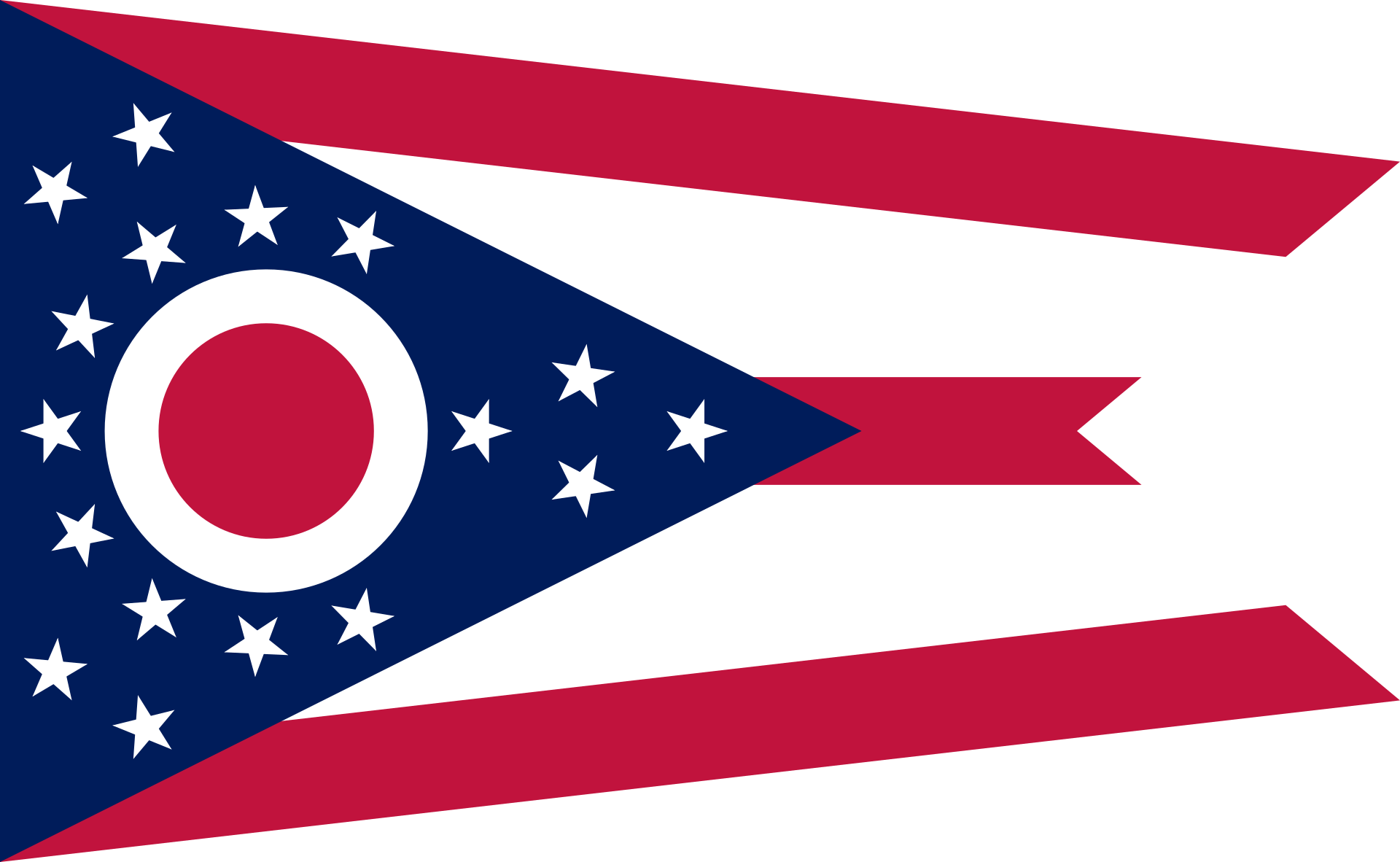 俄亥俄州
俄亥俄州
 体育
体育

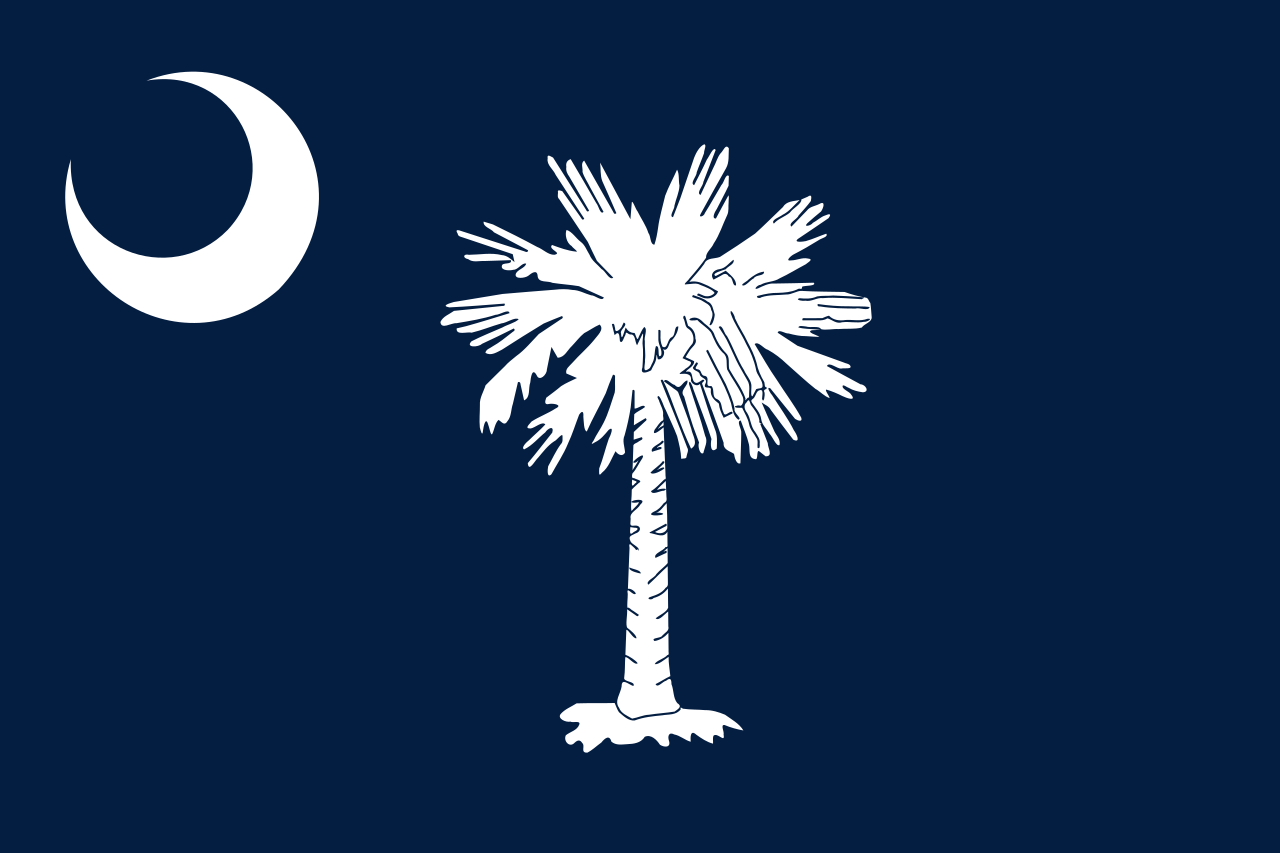 南卡罗来纳州
南卡罗来纳州
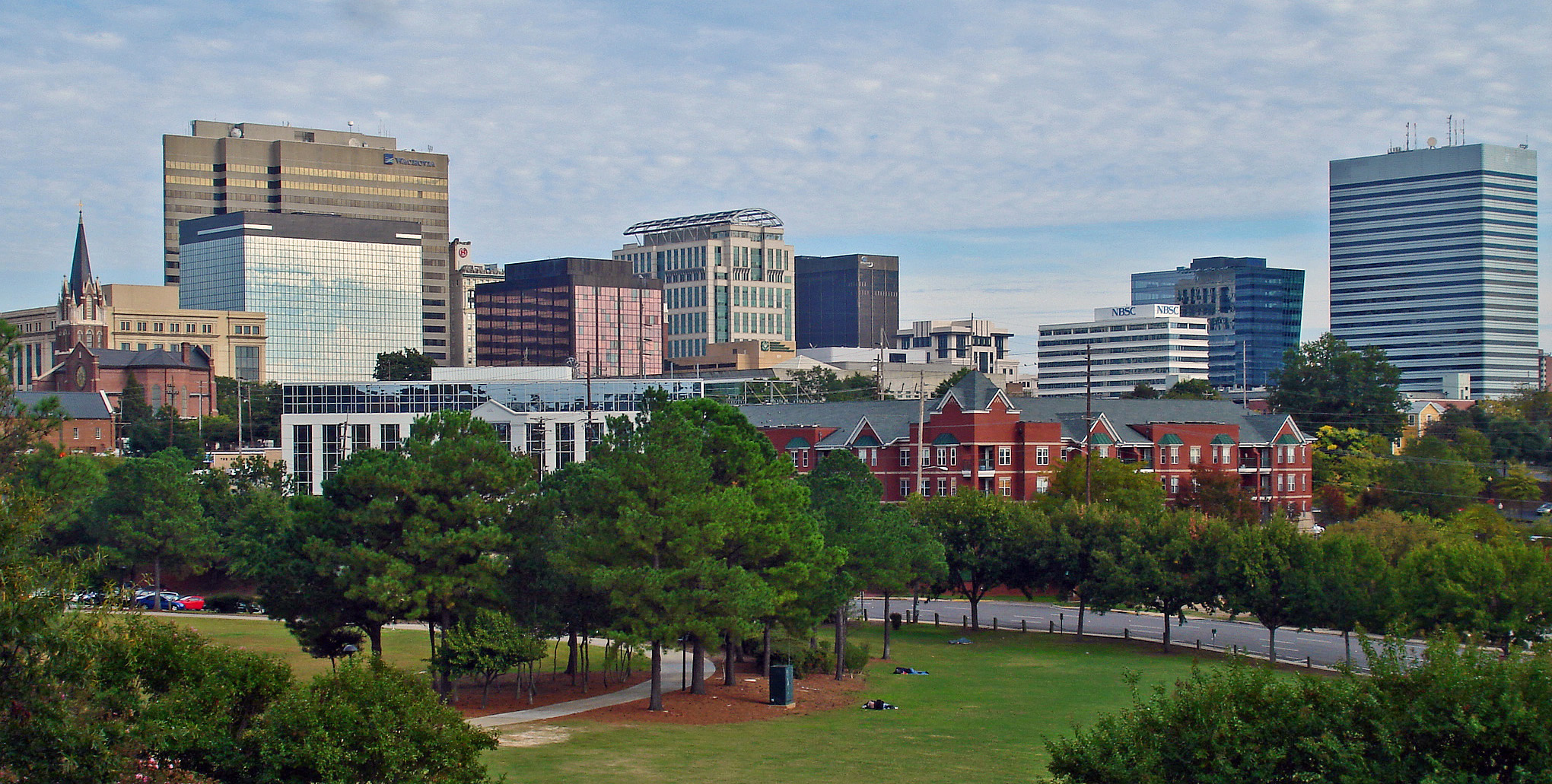
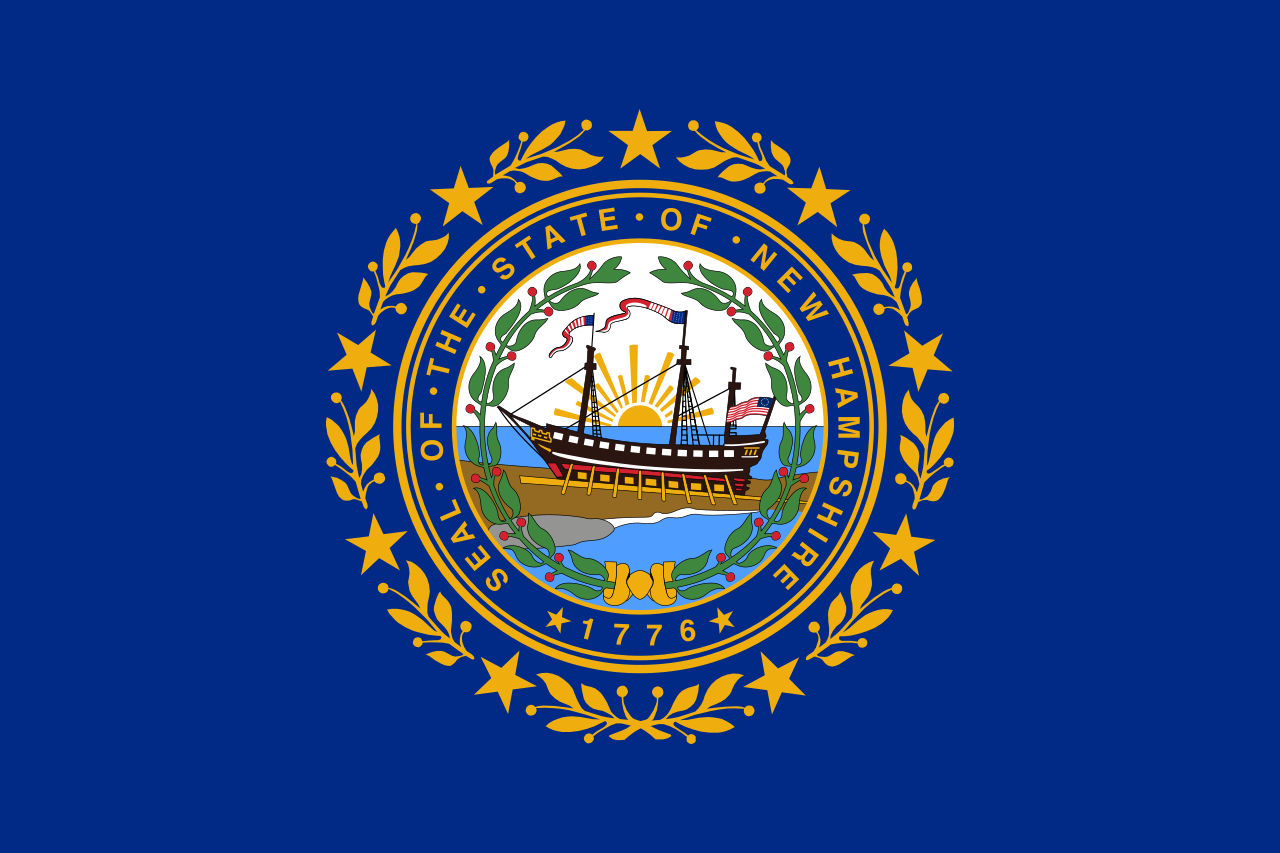 新罕布什尔州
新罕布什尔州

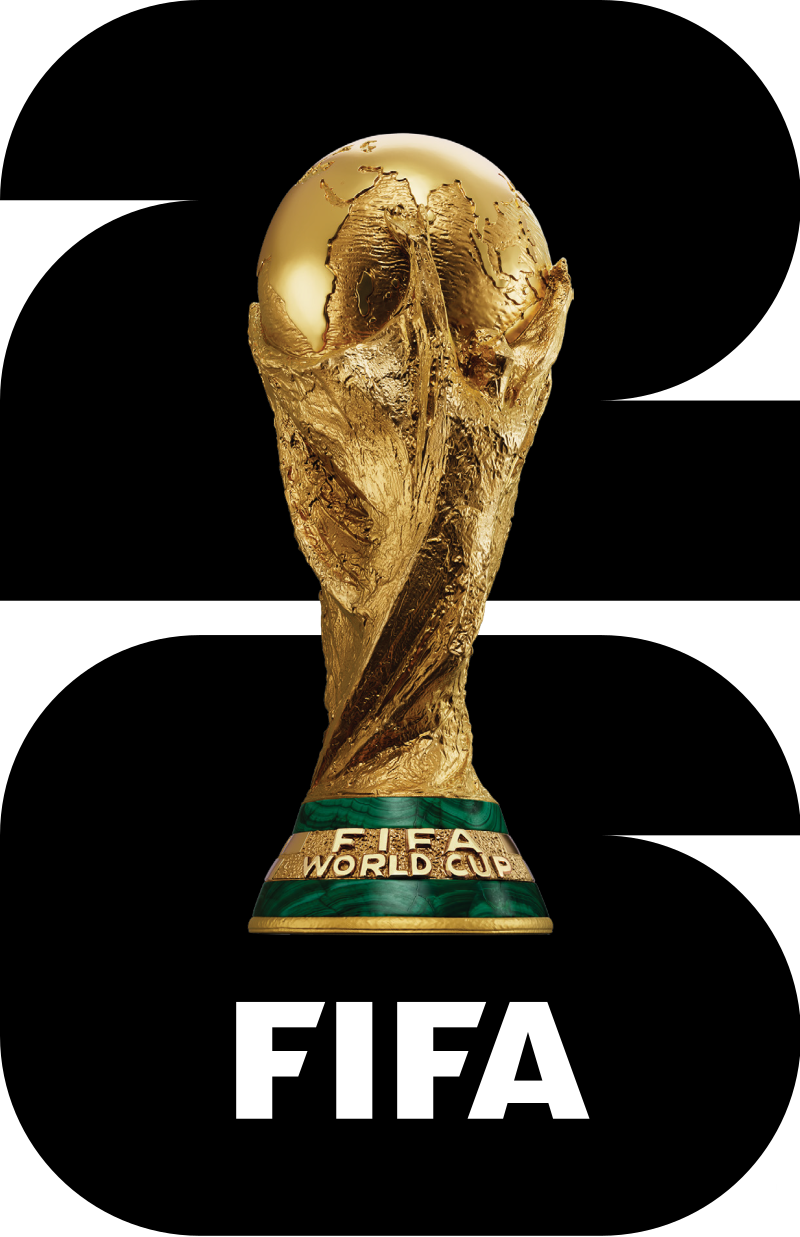 2026年世界杯足球赛
2026年世界杯足球赛
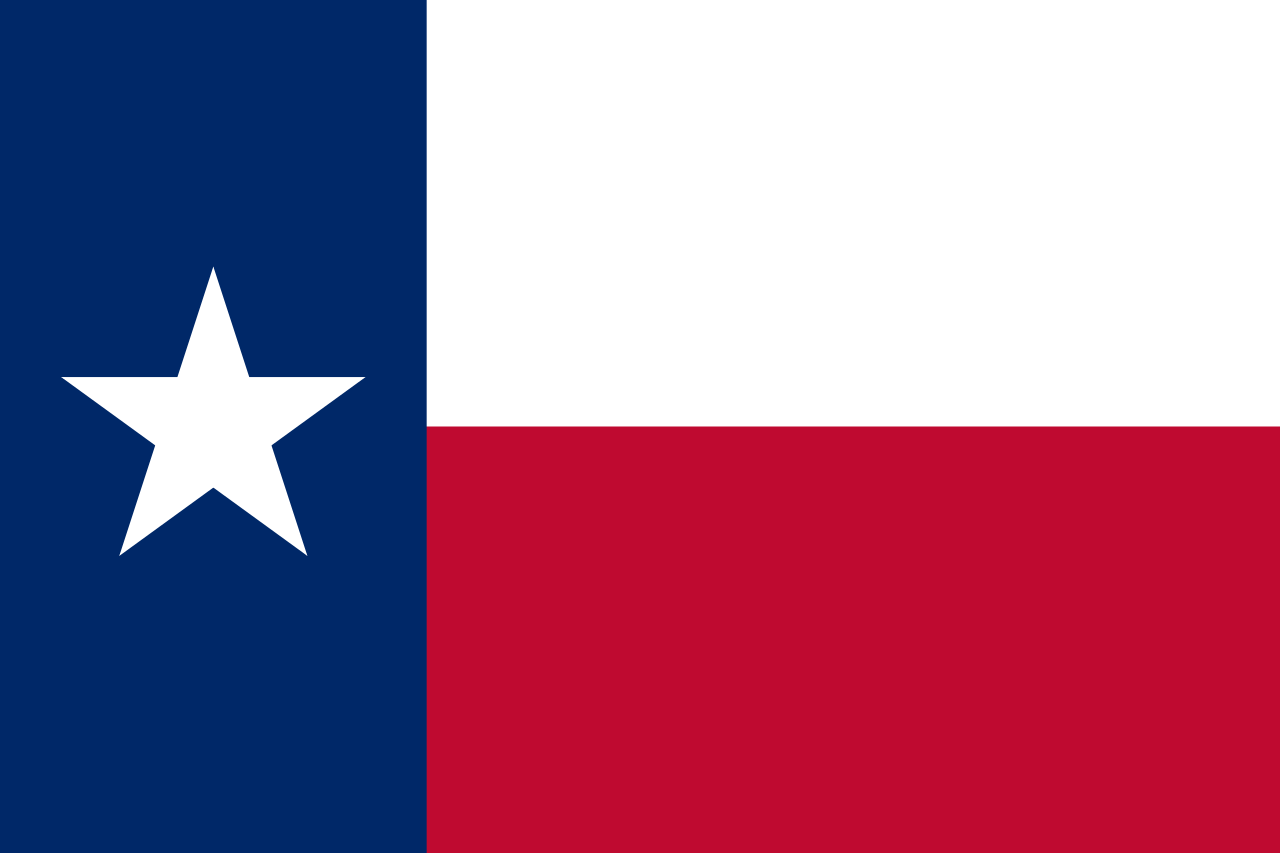 得克萨斯州
得克萨斯州
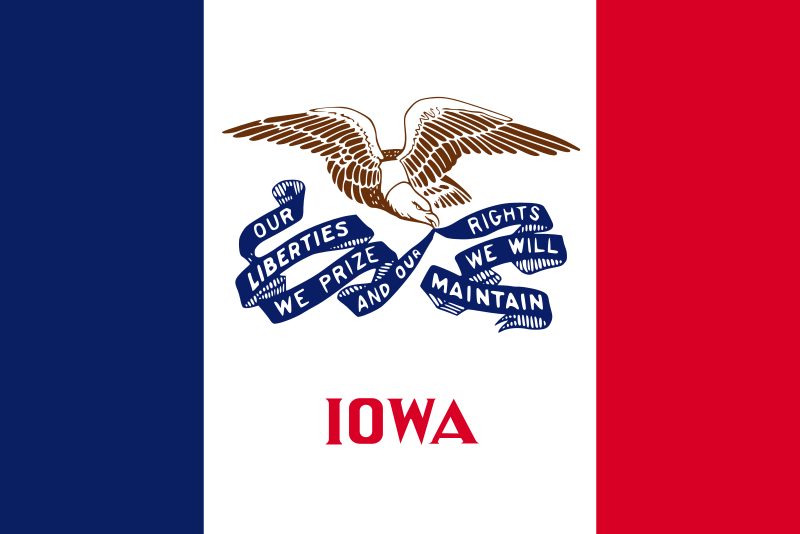 爱荷华州
爱荷华州
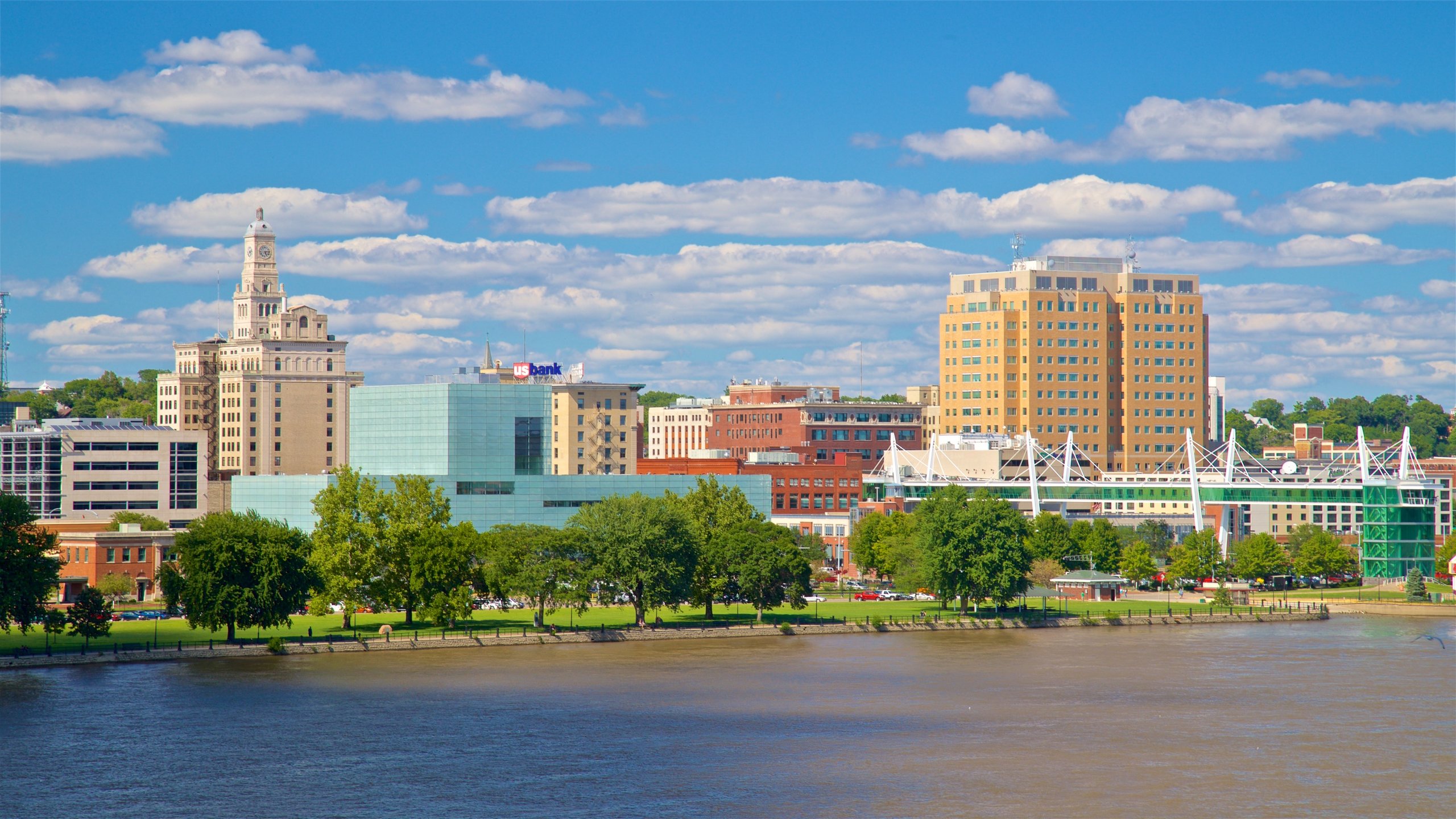
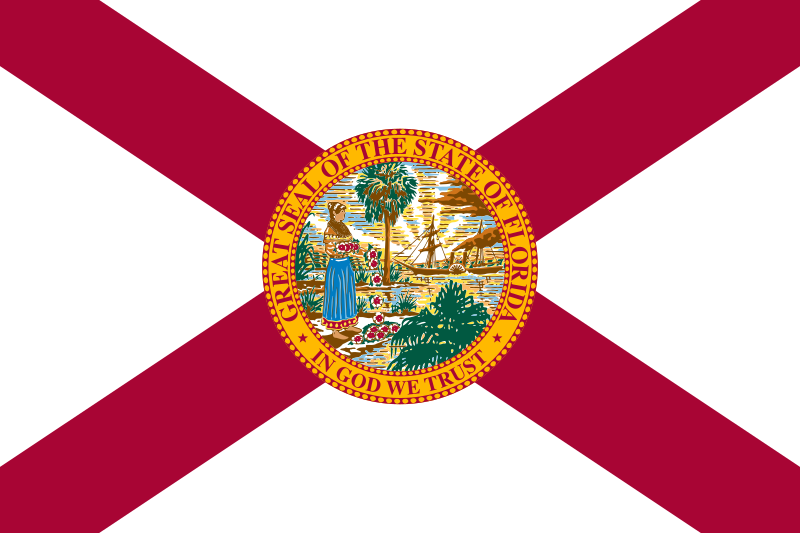 佛罗里达州
佛罗里达州

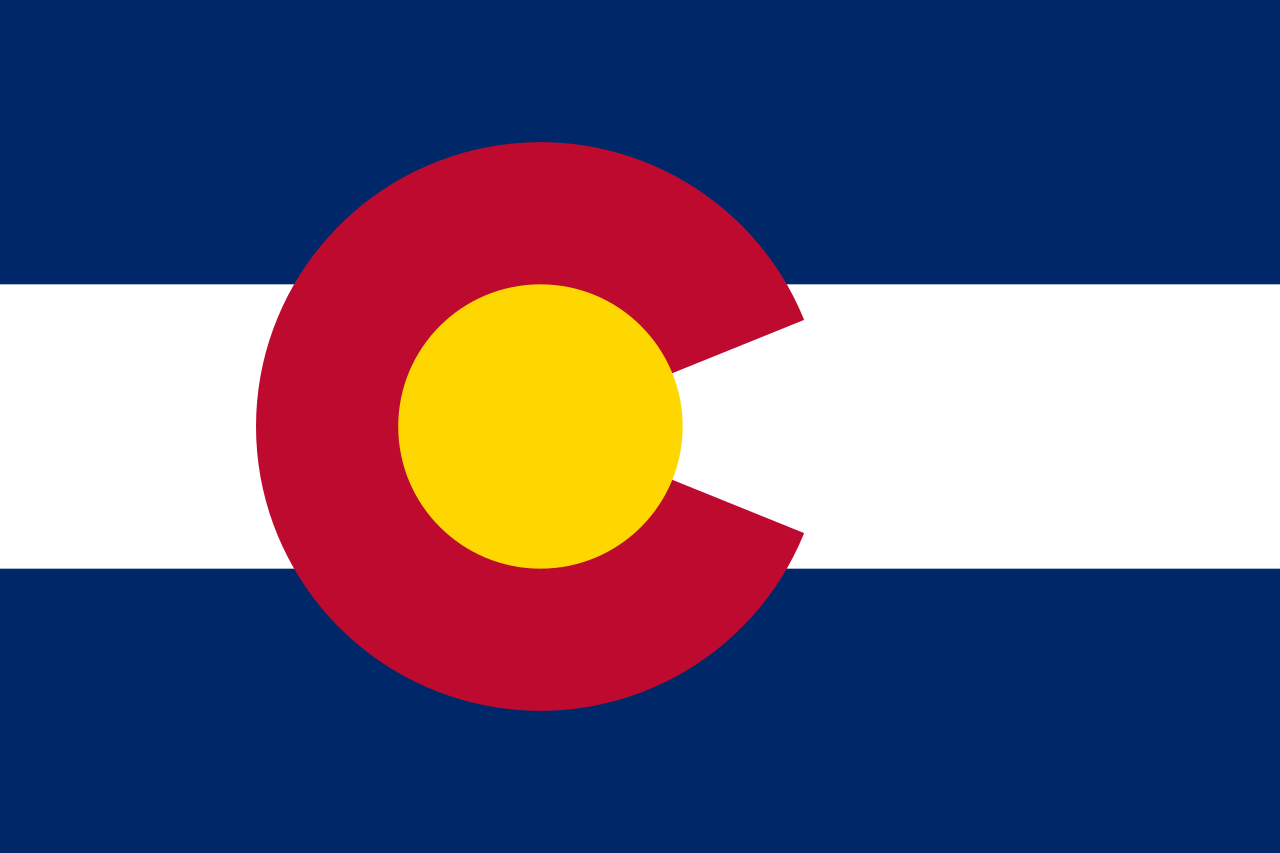 科罗拉多州
科罗拉多州


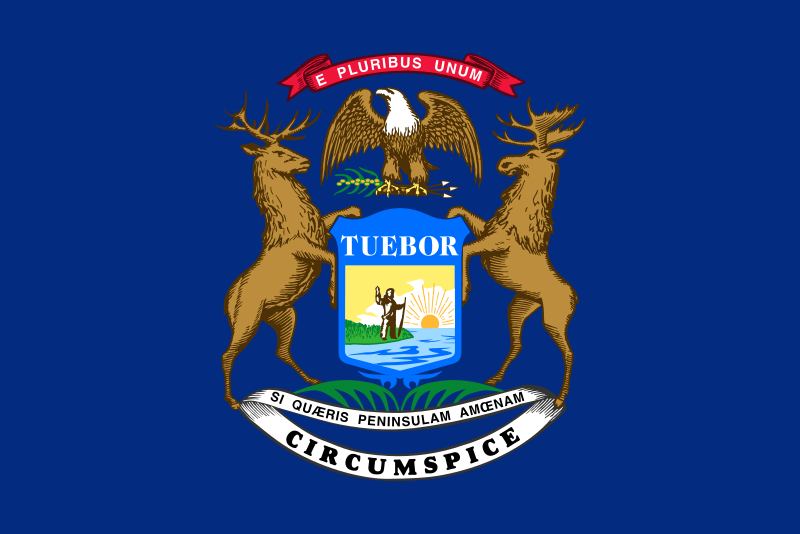 密歇根州
密歇根州
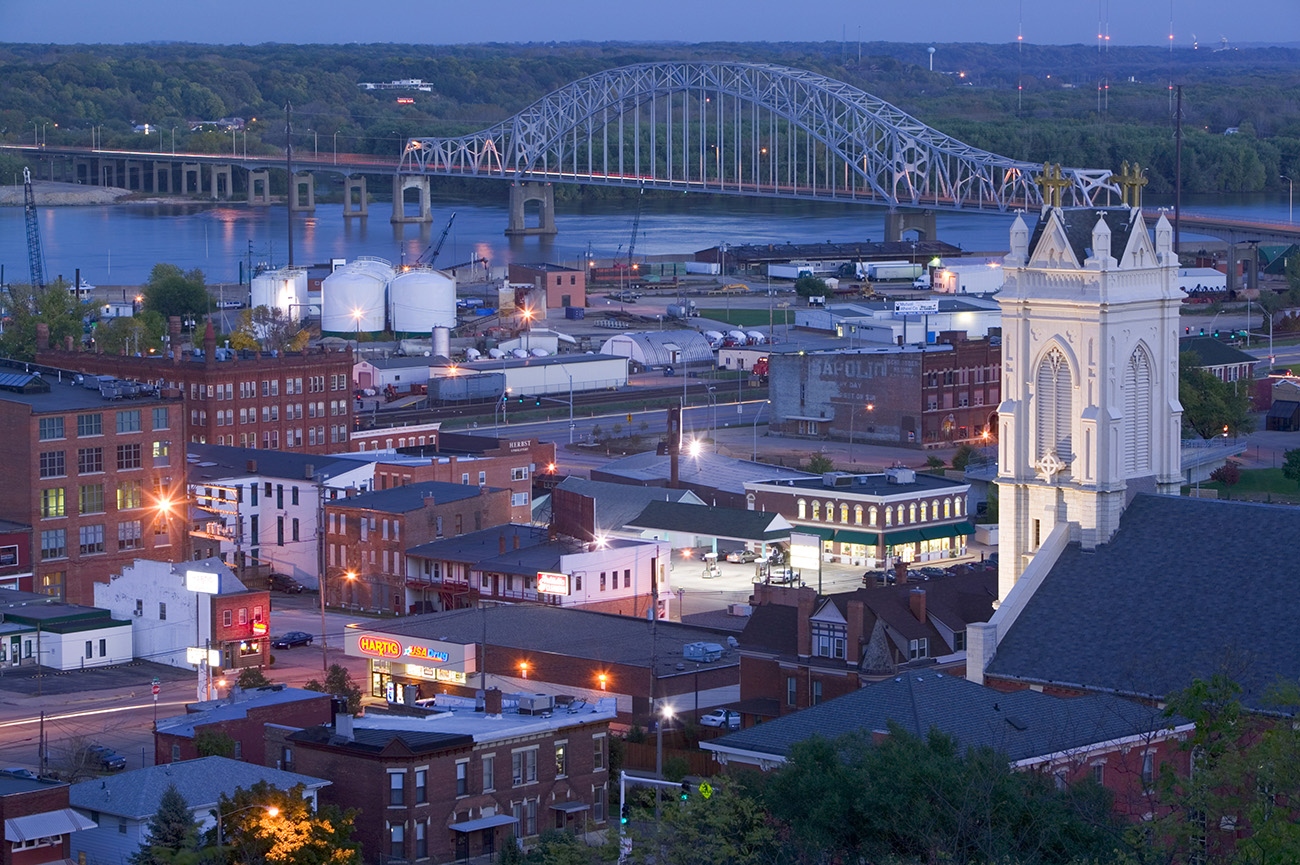
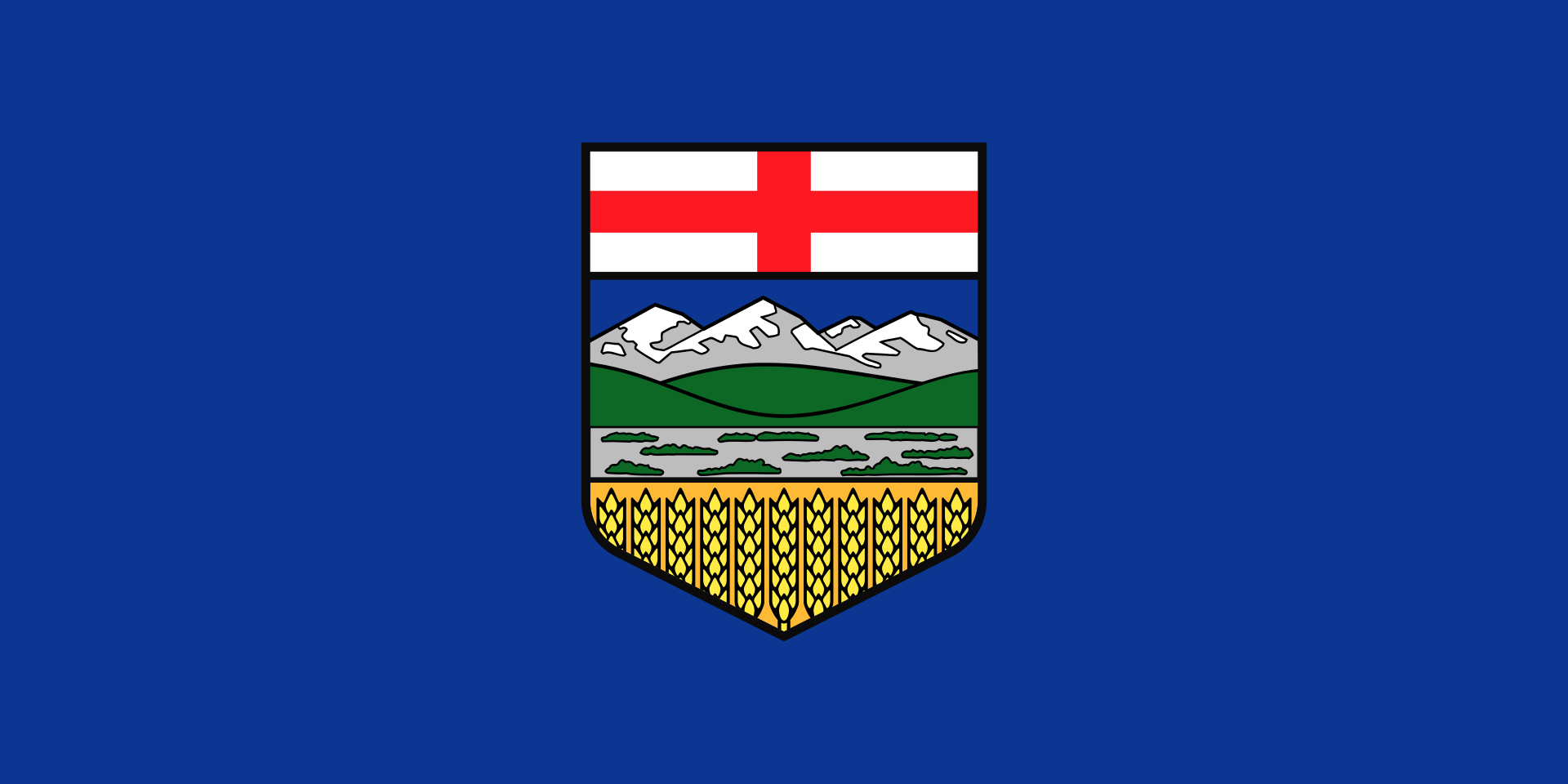 艾伯塔省
艾伯塔省